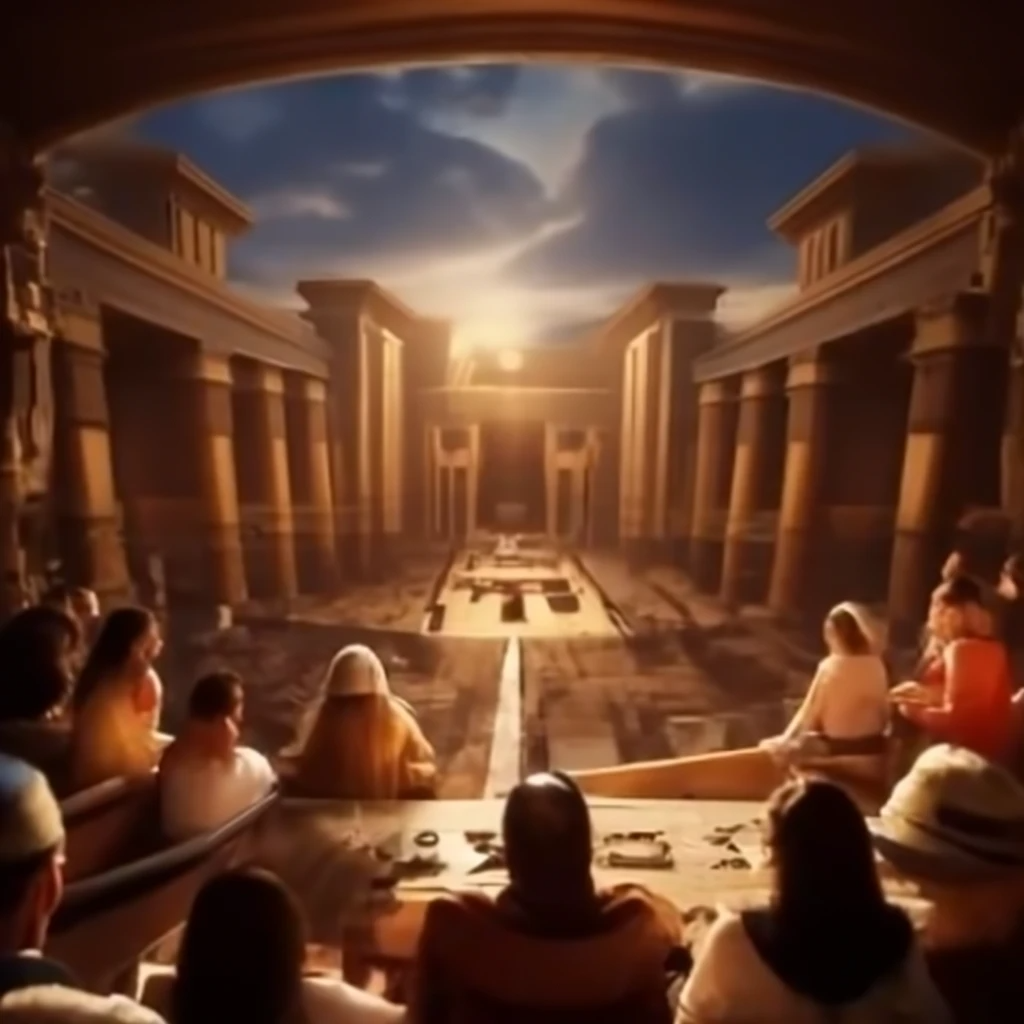Common Features of Savior Mystery Cults in the Ancient World
Across the ancient Mediterranean and Near Eastern worlds, mystery cults or salvation religions shared strikingly similar features centered around a dying-and-rising savior figure. These cults promised personal salvation, eternal life, and a mystical connection with the divine through rituals, initiations, and sacred mysteries.
- a savior
- Eucharist or Sacred meal
- virgin birth or Miraculous Conception
- a sacrifice (Death and Resurrection)
- Atonement (Reconciliation and Redemption)
- Initiation rites and secret knowledge (Gnosis)
- cosmic dualism (Light vs. Darkness)
- The promise of eternal life
The Savior (Redeemer Figure)
At the heart of these mystery cults is a Savior deity, often portrayed as:
- Divine or semi-divine, bridging the gap between gods and humanity.
- A suffering, dying, and resurrecting figure, symbolizing the cycle of life, death, and rebirth.
- A being whose personal sacrifice provides salvation or immortality to followers.
Examples:
- Osiris (Egyptian): Killed and resurrected, representing the hope of life after death.
- Mithras (Persian/Roman): Slays the cosmic bull (tauroctony), a sacrifice tied to life and renewal.
- Dionysus (Greek): Dismembered and reborn, linked to fertility, ecstasy, and divine union.
- Attis (Phrygian): Dies and is resurrected, embodying the death of nature and its springtime renewal.
- Jesus (Christianity): Crucified and resurrected, offering eternal life and reconciliation with God.
Eucharist or Sacred Meal
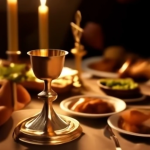
Many mystery cults included a ritual meal that symbolized unity with the deity, often involving bread, wine, or sacred substances. This meal represented partaking in the god’s divine essence.
Common Features:
- Symbolic consumption of the god’s body and blood (or its metaphorical equivalent).
- Rituals that create a bond of communion between the initiates and the divine.
- Often connected to themes of fertility, renewal, and spiritual transformation.
Examples:
- Christian Eucharist: Bread and wine representing the body and blood of Christ (“Do this in remembrance of me” – Luke 22:19-20).
- Mithraic Feasts: Sacred meals shared in Mithraic temples, symbolizing fellowship with Mithras.
- Dionysian Rituals: Consumption of wine as the “blood of Dionysus,” embodying divine ecstasy.
- Cult of Isis and Osiris: Ritual feasts celebrating Osiris’s death and resurrection.
Virgin Birth or Miraculous Conception
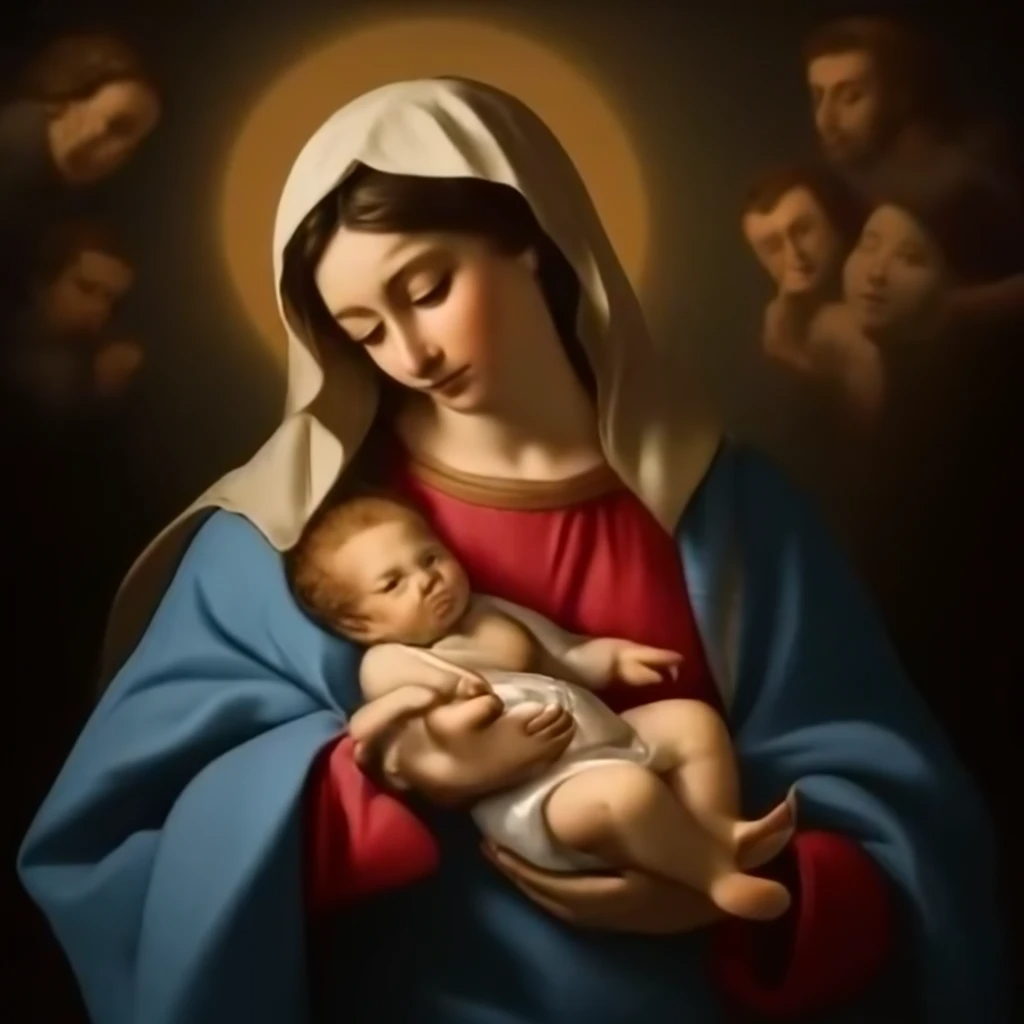
The Savior’s birth often carries supernatural elements, symbolizing their divine origin and separation from ordinary humanity. While not always involving a literal virgin, these stories highlight miraculous or divine intervention.
Common Themes:
- Born from a virgin, a goddess, or through divine impregnation.
- The birth often foretold by prophecies, stars, or angelic announcements.
Examples:
- Jesus (Christianity): Born of the Virgin Mary, conceived by the Holy Spirit (Luke 1:26–35).
- Mithras: Born from a rock, emerging fully formed, a miraculous and divine birth.
- Attis: Born of a virgin named Nana, conceived through divine intervention.
- Dionysus: Born from Semele, a mortal woman, and Zeus, king of the gods—his birth involved a miraculous rescue after Semele’s death.
- Horus (Egyptian): Born of the goddess Isis, who magically conceived after the death of her husband, Osiris.
Sacrifice (Death and Resurrection)
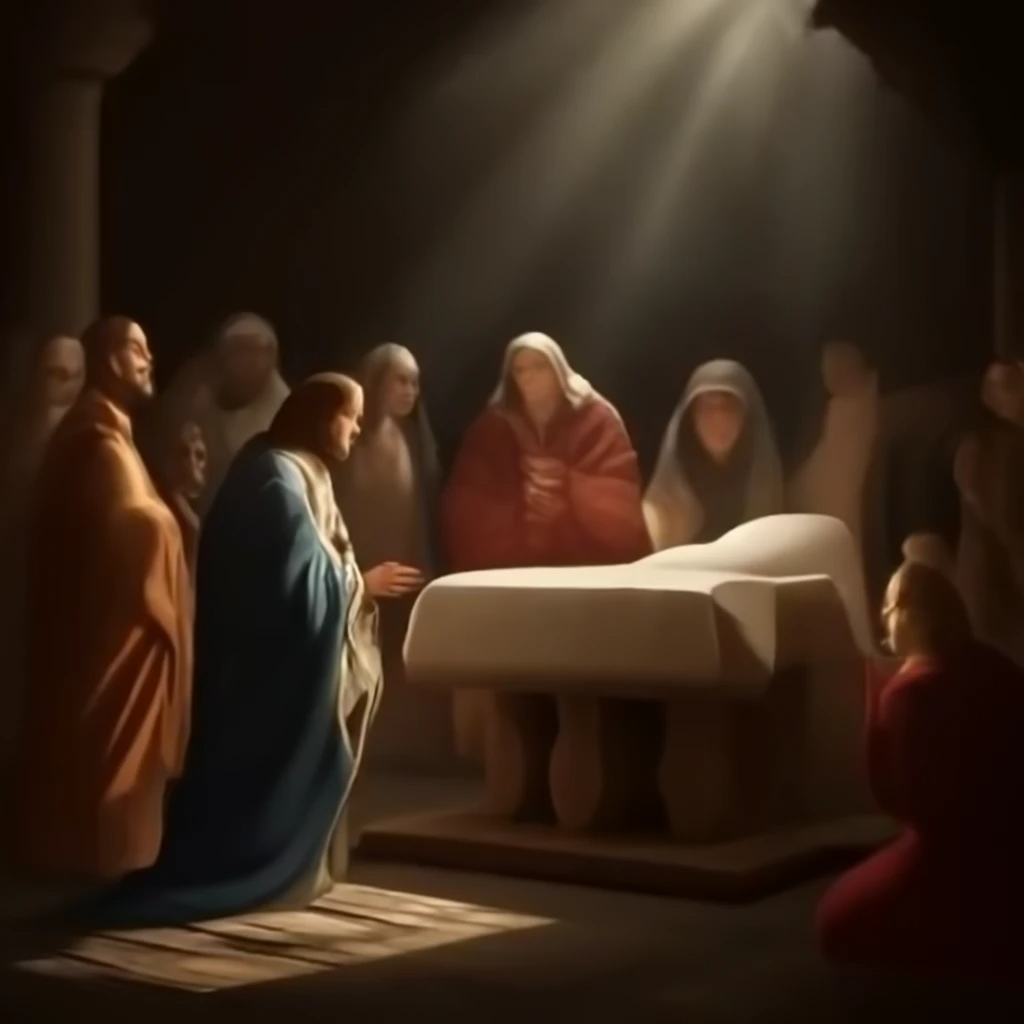
A central theme is the death of the Savior, often portrayed as a sacrificial act that brings renewal—either to nature, humanity, or the cosmos.
Key Aspects:
- The death is often violent: crucifixion, dismemberment, or ritual killing.
- Symbolizes the death of the old self or the world’s sins.
- The Savior’s resurrection brings eternal life, spiritual rebirth, or cosmic renewal.
Examples:
- Jesus (Christianity): Crucified, died, and resurrected for the atonement of humanity’s sins.
- Osiris: Murdered by his brother Set, dismembered, then resurrected by Isis—symbolizing the annual flooding of the Nile and agricultural fertility.
- Dionysus: Torn apart by the Titans and resurrected, reflecting the cycle of vines and harvest.
- Attis: Castrated and dies under a sacred tree, then resurrected, symbolizing vegetation cycles.
- Mithras: His act of slaying the cosmic bull is a form of sacrifice, releasing life-giving forces.
Atonement (Reconciliation and Redemption)

In many mystery religions, the Savior’s death and resurrection are not just mythological events—they have cosmic significance. The deity’s actions reconcile the world with the divine realm, often addressing themes of sin, suffering, or moral corruption.
Functions of Atonement:
- Cleansing of sins or spiritual impurities.
- Renewal of the soul, offering eternal life or divine favor.
- Victory over death, promising immortality to initiates.
Examples:
- Christianity: Jesus’s death is the ultimate sacrifice for the sins of humanity, fulfilling the role of the Lamb of God (John 1:29).
- Mithraism: The bull’s sacrifice brings cosmic order and spiritual salvation.
- Cult of Isis: Osiris’s death and resurrection bring hope of eternal life to his followers.
- Eleusinian Mysteries (Demeter and Persephone): Initiates are promised a blessed afterlife through secret rites symbolizing rebirth and renewal.
Initiation Rites and Secret Knowledge (Gnosis)
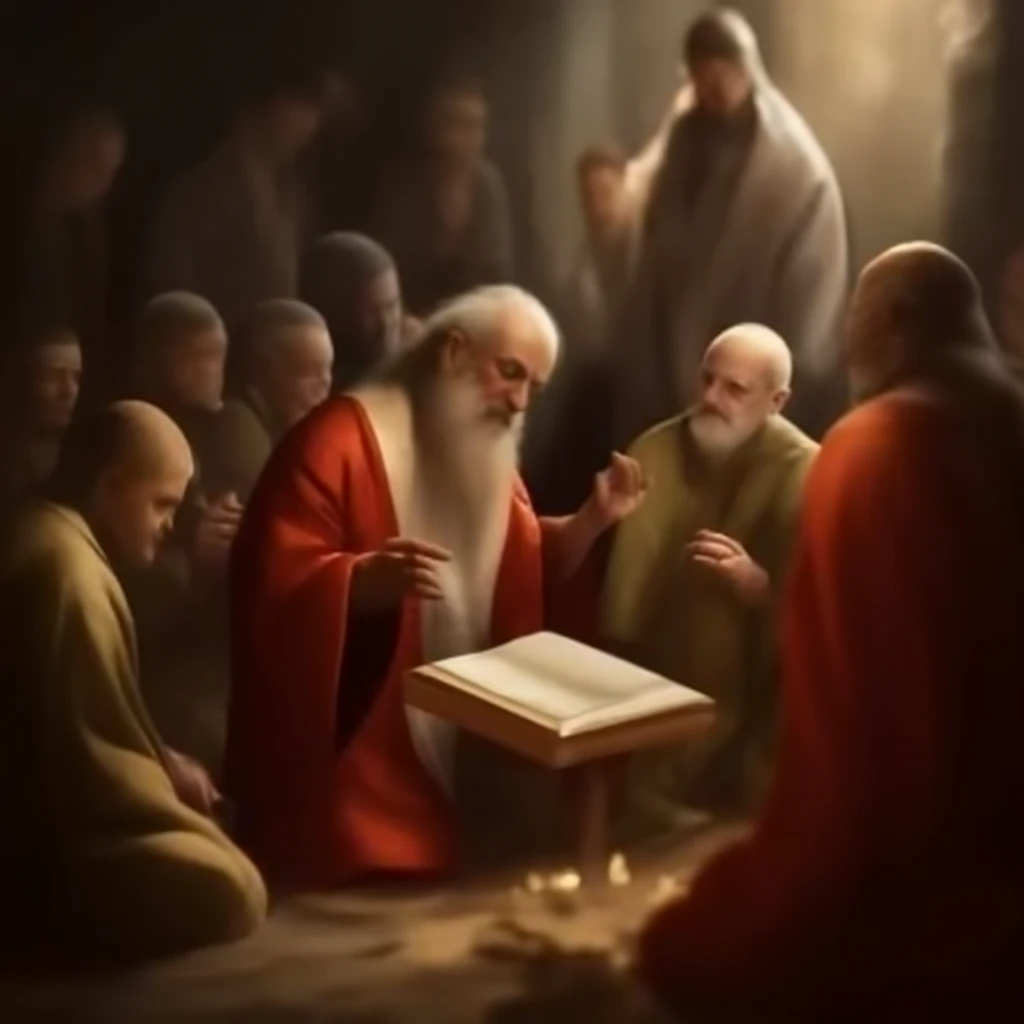
Mystery cults were called “mysteries” because of their secret rituals, known only to the initiated. These rites provided access to divine mysteries and the promise of salvation.
Initiation Practices:
- Ritual purification: Washing, fasting, or anointing to prepare the soul.
- Sacred dramas: Reenactments of the god’s death and resurrection.
- Oaths of secrecy: Initiates were forbidden to reveal the mysteries to outsiders.
- Personal transformation: Seen as a spiritual rebirth or awakening.
Examples:
- Christian Baptism: Symbolizes death to sin and rebirth in Christ.
- Eleusinian Mysteries: Sacred rites reenacting Persephone’s descent and return, granting initiates hope for the afterlife.
- Mithraic Initiation: Multiple levels of initiation, each with secret rituals, passwords, and symbols.
Cosmic Dualism (Light vs. Darkness)
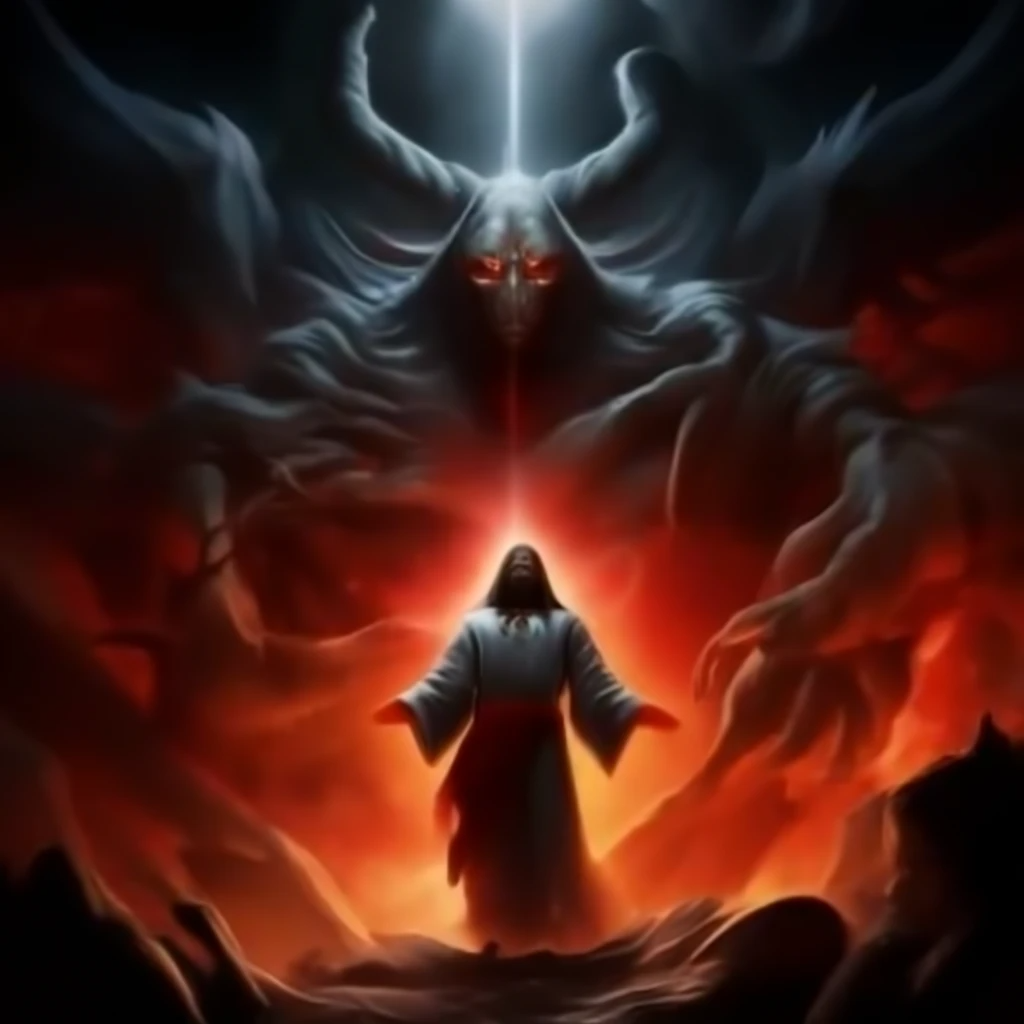
Many mystery cults, especially in the Hellenistic and Persian traditions, emphasize a dualistic worldview:
- A cosmic struggle between good and evil, light and darkness, or spirit and matter.
- The Savior is often a champion of light, guiding souls through the darkness of the material world.
Examples:
- Christianity: The battle between Christ (light) and Satan (darkness).
- Mithraism: Mithras as the god of light, battling the forces of darkness.
- Manichaeism: A strict dualism where the universe is a battleground between light and dark, with the Savior figure aiding in the liberation of light trapped in matter.
The Promise of Eternal Life
The ultimate goal of these cults was salvation—an escape from the cycle of suffering, death, and rebirth.
- Personal immortality: The soul’s eternal life beyond the grave.
- Union with the divine: Becoming one with the god or achieving divine status.
- Mystical knowledge (gnosis): Understanding sacred truths that transcend ordinary existence.
While each mystery cult had its own unique symbols, stories, and rituals, they shared universal themes that speak to deep human longings:
- The hope for life after death.
- The desire for personal transformation.
- The need for meaning in suffering and sacrifice.
- The search for divine connection beyond the material world.
These ancient mysteries, whether in the rites of Isis, the sacred feasts of Mithras, or the Christian Eucharist, reflect humanity’s timeless quest for salvation, transcendence, and eternal life.

